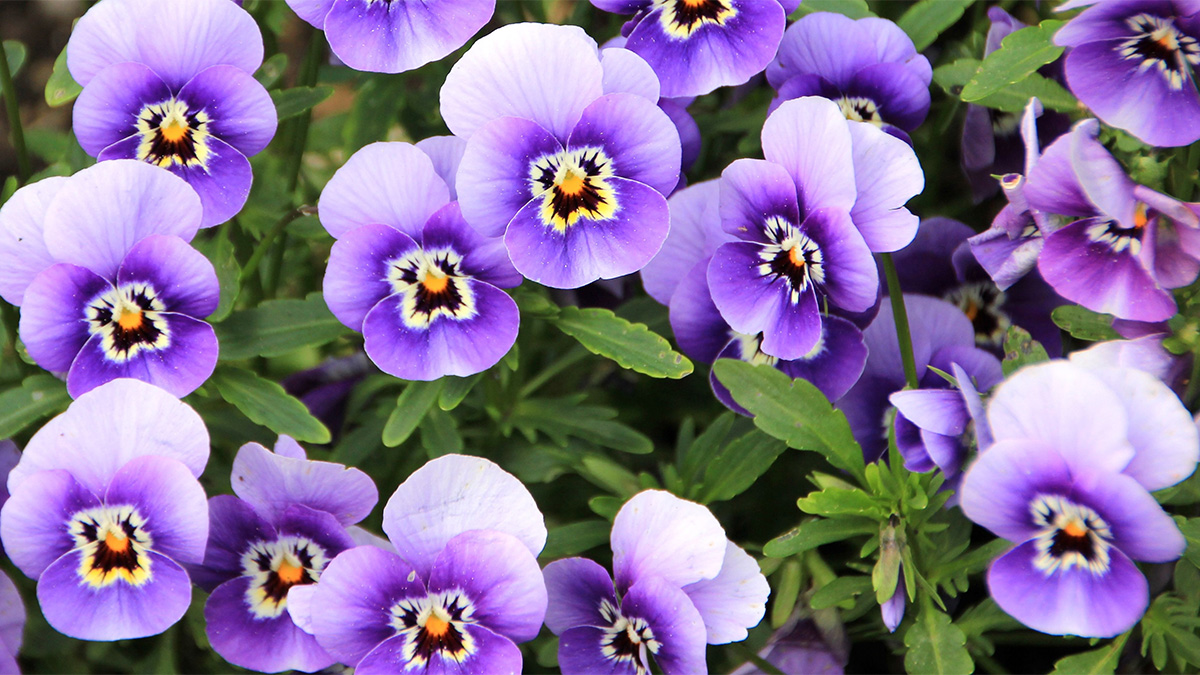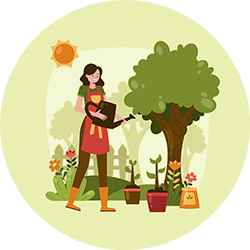Edible Flowers: What they Taste Like & How to Best Use in Cooking

Edible flowers are a delightful way to add color, flavor, and elegance to your meals. From peppery nasturtiums to sweet rose petals, these blooms bring more to the table than just looks. Whether you grow them in your garden or pick them up fresh from a local source, knowing how to use them properly can transform your cooking.
Understanding the basics of edible flowers
Edible flowers have been used in culinary traditions for centuries, but it’s important to know which ones are safe to eat. Only consume flowers that are grown organically and intended for consumption, as those from florists or nurseries may be treated with chemicals. Always positively identify any flower before eating and avoid those that may trigger allergies or have toxic look-alikes.
Flavor profiles of popular edible flowers
Each edible flower brings its own unique flavor to a dish, adding more than just visual appeal.
- Nasturtiums have a bright, peppery flavor similar to arugula and work well in salads or savory dishes.
- Calendula offers a mild peppery note with hints of citrus and is often used as a saffron substitute.
- Chive blossoms taste like mild onion and are a flavorful garnish for potatoes, eggs, or soups.
- Borage tastes refreshing and clean, with a cucumber-like flavor that’s ideal for drinks or salads.
- Violas and pansies have a subtle, slightly sweet taste and are often used whole to decorate baked goods.
- Roses vary in flavor by type and color but are typically floral and sweet, making them suitable for syrups, jellies, and desserts.
- Lavender has a strong floral aroma with hints of mint and rosemary, best used sparingly in baking or teas.
- Chamomile flowers are apple-scented and mildly sweet, commonly used in herbal teas or infusions.
- Hibiscus has a tangy, cranberry-like flavor that adds brightness to drinks and desserts.
- Dandelions are mildly bitter when mature but offer a sweeter flavor when picked young.
Best ways to use edible flowers in cooking
Edible flowers are incredibly versatile and can enhance both sweet and savory dishes. Sprinkling petals into green salads adds a pop of color and unexpected flavor. Use whole flowers like pansies or nasturtiums to decorate cakes, cookies, and tarts for a natural, elegant touch.
In beverages, you can freeze flower petals into ice cubes for a decorative effect or steep them in water for tea and infusions. Floral syrups made from rose, lavender, or hibiscus are great additions to lemonades, cocktails, or even pancakes. For a savory twist, edible flowers can be mixed into herb butters or used as colorful garnishes for soups and roasted vegetables.
Tips for harvesting and storing edible flowers
The best time to harvest edible flowers is in the morning, once the dew has evaporated but before the heat of the day. Choose blooms that are fully open and free of damage or insects. Snip them gently with clean scissors to avoid bruising the petals.
After harvesting, rinse flowers carefully in cool water and lay them on a paper towel to dry. Store them in an airtight container lined with a damp paper towel in the fridge for up to a few days. Some flowers can be frozen in ice cubes or dried for later use, especially in teas or baking.
Safety and sourcing tips
Only eat flowers that are clearly identified as edible and grown without pesticides or chemical treatments. Avoid picking flowers from roadsides or public gardens where chemical exposure is unknown. If you’re unsure, consult a local extension office or a trusted edible flower guide.
Introduce new flowers to your diet gradually, as some people may have sensitivities. Children and pets should also be monitored if edible flowers are used in the home. When in doubt, it’s always better to err on the side of caution and enjoy flowers from known safe sources.
Conclusion
With a little care and creativity, edible flowers can elevate your everyday meals into something truly special. Their flavors are as varied as their colors, offering endless possibilities in the kitchen. Start with a few trusted blooms and enjoy the process of bringing your garden harvest straight to the plate.
